About
Current smart instrumentation using multi-sensors and/or spectrometers provides a wealth of data that requires sophisticated signal and data processing approaches to extract the hidden information.
Our group develops algorithmic solutions for the automatic processing of Gas Sensor Array, Gas Chromatography – Ion Mobility Spectrometry (IMS), Nuclear Magnetic Resonance, and Mass Spectrometry (GC/LC-MS, MSI) data for metabolomics, food, and environmental samples.
In this context, we are interested in intelligent chemical instruments for the detection of gases, volatile compounds, and smells. These systems can be based on an array of nonspecific chemical sensors with a pattern recognition engine, taking inspiration from the olfactory system. Some spectrometries, e.g. Ion Mobility Spectrometry, are capable of very fast analysis with good detection limits but poor selectivity. These technologies have been proposed for the fast determination of the volatolome (volatile fraction of the metabolome), instead of the reference technique of gas chromatography – mass spectrometry.
During 2023 our research has been focused on:
- Development of computational metabolomics workflows based on advanced statistics and machine learning. We have applied these methods to the discovery of metabolic biomarkers to identify patients at risk after colorectal cancer surgery.
- Computational metabolic biomarker discovery for ventilation therapy needs in COVID patients in intensive care units.
- Optimization of a full workflow for the analysis of Gas Chromatography-Ion Mobility Spectrometry (GC-IMS) data, and its implementation in an open source R-package made available for the community.
- Development of a Forced Oscillation Technique apparatus and controlling software for the measurement of the respiratory impedance. The device is controlled by a mobile app, and it has full IoT capabilites (based on Microsoft Azure) for clinician remote access to measurement data. Hardware and Software are open source.
- Development of drones with machine olfaction capabilities for gas source localization and mapping. Our results have shown that nanodrones with proper signal processing can locate sources in indoor scenarios, particularly for chemical sources located above the drone.
- Development of drones with machine olfaction capabilities for outdoor operation aiming to estimate odour concentration as for EN13725 in flight conditions over wastewater treatment plants.
- Development of methods of urine analysis based on GC-IMS.
- Analysis of urine GC-IMS data to develop predictive models of Colorectal Cancer.
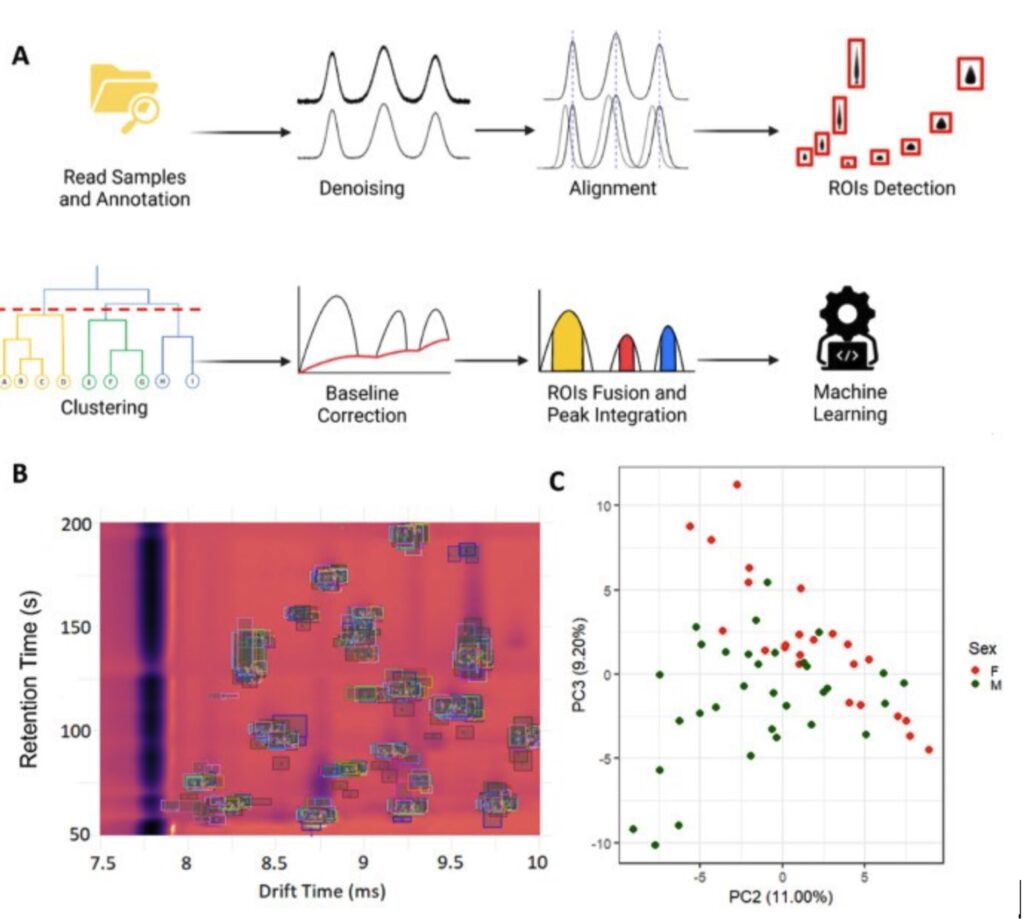
Staff
Projects
| NATIONAL PROJECTS | FINANCER | PI |
|---|---|---|
| TENSOMICS · Development of tensorial signal processing and machine learning tools tailored to the analysis of urine metabolomics (2019-2022) | Ministerio de Ciencia, Innovación y Universidades | Santiago Marco |
| PRIVATELY FUNDED PROJECTS | FINANCER | PI |
|---|---|---|
| Anticipation of respiratory outcomes in ICU COVID-19 patients by metabolic signatures (2021-2023) | Fundació La Marató de TV3 | Santiago Marco |
| FINISHED PROJECTS | FINANCER | PI |
|---|---|---|
| SNIFFDRONE · Drone-based Environmental Odor Monitoring (2019-2020) | EU Commission · Attract Projects | Santiago Marco |
| Analisis de tapones de corcho por espectroscopia de movilidad de iones (2015-2016) | M3C INDUSTRIAL AUTOMATION & VISION, S.L. | Santiago Marco |
| Sensor test for indoor air quality and safety applications (2015-2016) | BSH Electrodomesticos España S.A. | Santiago Marco |
| Preparació i realització d’un curs de processat de senyal per sensors químics de dos dies a BSH Zaragoza (2016-2017) | BSH Electrodomesticos España S.A. | Santiago Marco |
| SMART-IMS Procesado de Señal para Espectroscopia de Movilidad de Iones: Análisis de Fluidos Biomédicos y Detección de Sustancias Tóxicas (2012-2015) | MINECO, I+D-Investigación fundamental no orientada | Santiago Marco |
| Transducción biomimética para olfacción artificial | MINECO, EUROPA EXCELENCIA | Agustín Gutiérrez |
| BIOENCODE Estudio comparativo de la capacidad de codificación de información química de sistemas biológicos y artificiales | MINECO, I+D-Investigación fundamental no orientada | Agustín Gutiérrez |
| SENSIBLE Sensores inteligentes para edificios más seguros (2014-2016) | MINECO, Acciones de Programación Conjunta Internacional | Santiago Marco |
| SAFESENS Sensor Technologies for Enhanced Safety and Security of Buildings and its Occupants (2014-2017) | ENIAC Joint Undertaking | Santiago Marco |
| SIGVOL Mejora de la señal para instrumentación química: aplicaciones en metabolómica de volátiles y en olfacción (2015-2017) | MINECO, Retos investigación: Proyectos I+D | Santiago Marco |
| Computational Metabolomics (2017-2019) | Industrial Project with Nestlé Institute of Health Sciences, Switzerland | Santiago Marco |
| Development of Data Processing Algorithms for Temperature Modulated Sensors | Industrial Project with BSH Electrodomesticos, Spain | Santiago Marco |
Publications
Equipment
- Gas chromatograph/mass spectrometer (Thermoscientific) with robotic head-space sampler
- Gas Chromatograph/ Thermal Conductivity Detector (Thermoscientific) with robotic head-space sampler
- 2 Infusion pumps K-systems
- Gas Chromatography-Ion Mobility Spectrometry FlavourspecTM (Gas Dortmund)
- 6 channel vapor generator plus humidity control (Owlstone, UK)
- Ion Mobility Spectrometer: Gas Detector Array (Airsense Analytics GmbH)
- Computing and General Purpose Electronic Instrumentation
- Field Asymmetric Ion Mobility Spectrometer (Owlstone, UK)
- Corona Discharge Ion Mobility Spectrometer (3QBD, Israel)
- Ultraviolet Ion Mobility Spectrometer (Gas Dortmund, Germany)
- Fast Photo Ionization Detector (Aurora Scientific, Canada)
Collaborations
- Prof. James Covington, Dept. of Electric and Electronic Engineering, University of Warwick, UK
- Dr. Oscar Pozo, Applied Metabolomics, IMIM, Barcelona, ES.
- Dr. Joan R. Masclans, Critical Care Unit, Hospital del Mar, Barcelona, ES.
- Prof. R. Farre, Biofísica Respiratoria i bioenginyeria, IDIBAPS, Barcelona, ES.
- Prof. L. Capelli, Chemical Engineering, Politecnico di Milano, Milano, IT.
- Prof. R. Dellaca, Biomedical Enginering, Politecnico di Milano, Milano, IT.
- Prof. Alessia Amelio, Computer Science & Engineering, Universita degli Studi G. d’Annuncio, Chieti, IT.
- Dr. Radislav Potyrailo, General Electric Research, Schenectady, NY, USA
News
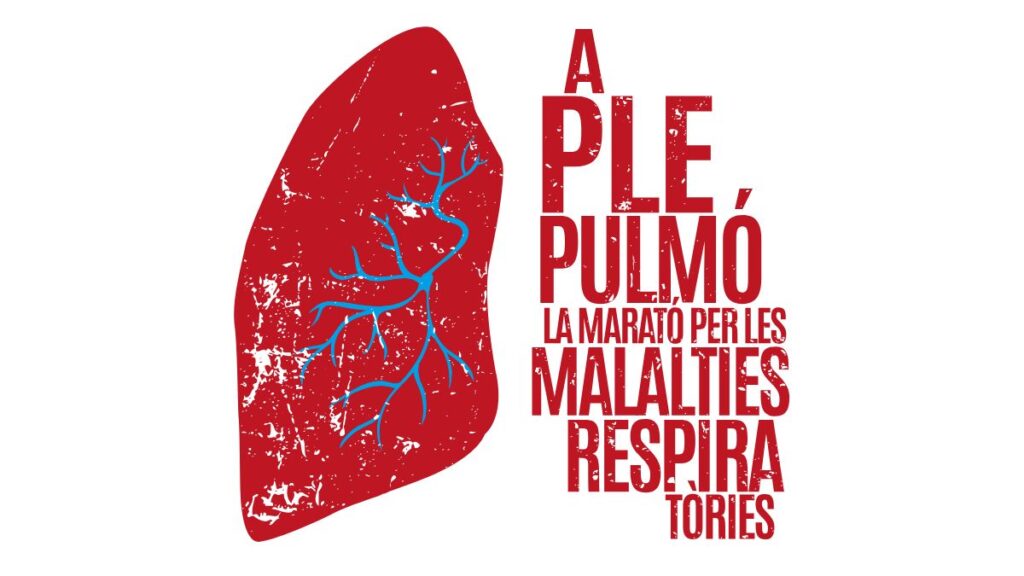
L’IBEC obté tres projectes de recerca finançats per La Marató de 3Cat
Dos grups de recerca de l’Institut de Bioenginyeria de Catalunya (IBEC) formaran part de tres dels projectes seleccionats en la convocatòria 2024 de La Marató de 3Cat, dedicada a les malalties respiratòries. Aquest finançament impulsarà la recerca en diagnòstic i predicció clínica per millorar la salut respiratòria.
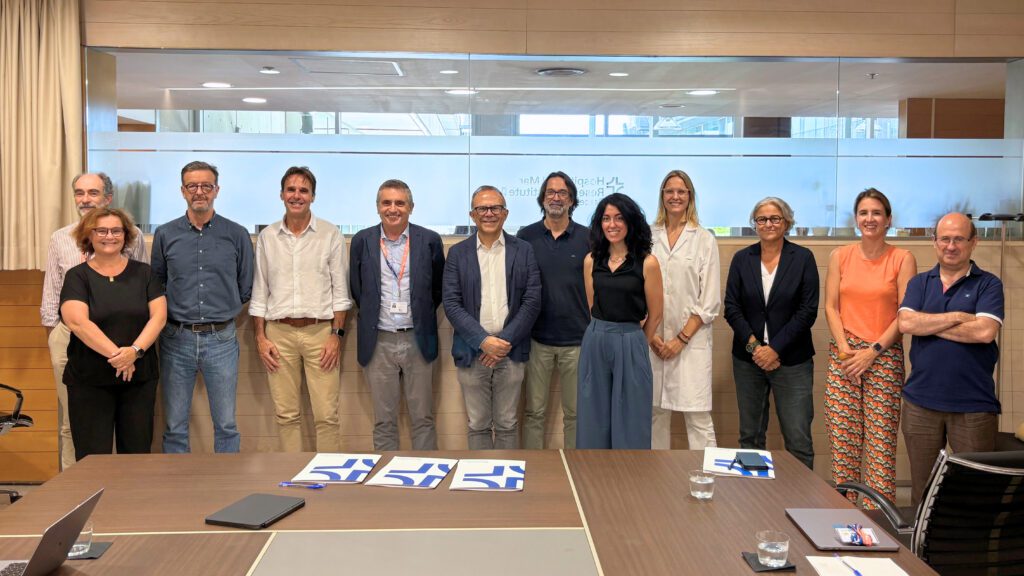
L’IBEC i l’Hospital del Mar formalitzen una nova etapa de col·laboració
Avui ha tingut lloc la primera jornada de col·laboració entre l’Institut de Bioenginyeria de Catalunya (IBEC) i l’Institut de Recerca de l’Hospital del Mar, celebrada al Parc de Recerca Biomèdica de Barcelona (PRBB). La trobada ha estat una oportunitat per compartir línies de recerca, explorar àrees de treball conjuntes i consolidar una aliança estratègica amb la signatura d’un conveni formal de col·laboració entre l’IBEC, l’Hospital del Mar i l’Institut de Recerca de l’Hospital del Mar.

L’investigador de l’IBEC Santiago Marco nomenat membre distingit de l’IEEE
L’investigador principal de l’IBEC Santiago Marco ha estat nomenat IEEE Fellow, la màxima distinció atorgada per l’Institut d’Enginyers Elèctrics i Electrònics (IEEE). Aquest reconeixement destaca les contribucions de Marco en processament de senyal i aprenentatge automàtic en sensors químics.

Predoctoral position at the Signal and Information processing for Sensor Systems Research Group
Ref: Predoctoral / Deadline: 15th August 2022
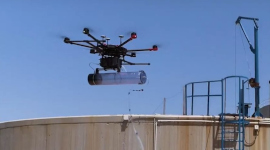
SNIFFDRONE als mitjans
El projecte SNIFFIRDRONE, en què participen investigadors de l’Institut de Bioenginyeria de Catalunya (IBEC), apareix als mitjans amb l’objectiu principal desenvolupar un sistema basat en drons que generi mapes de contaminació i olors en temps real, així com informes i alarmes instantànies .

Detectar infeccions pulmonars amb l’alè
Investigadors de l’Institut de Bioenginyeria de Catalunya, liderats per Santi Marco, apareixen als mitjans per validar, juntament amb l’Hospital Clínic de Barcelona, una nova tecnologia que analitza l’alè de pacients i diagnostica amb un elevat grau de precisió els que pateixen infeccions pulmonars per P. aeruginosa.
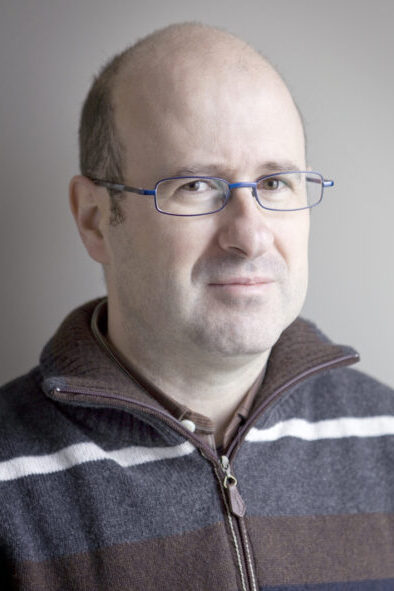
Santi Marco analitza l’olor de la neu a la premsa
Santiago Marco, líder de grup de l’Institut de Bioenginyeria de Catalunya (IBEC), apareix al diari “El Español” explorant les raons científiques per les quals la neu pot tenir olor.

Detecting lung infections with breath analysis and machine learning
IBEC researchers, together with clinicians from Sant Pau Hospital and Hospital Clinic in Barcelona, use “electronic noses” and machine learning to analyse the breath of patients, identifying with high accuracy those with lung infections of P. aeruginosa, a multidrug resistant pathogen. This method could represent a non-invasive and efficient tool to diagnose and monitor patients with a bacterial lung infection, offering a faster alternative to standard sputum cultures.
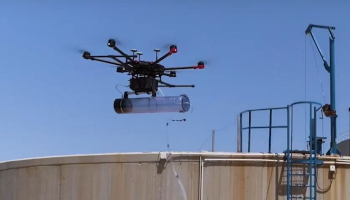
Nas electrònic portàtil “e-nose” als mitjans
Investigadors de l’Institut de Bioenginyeria de Catalunya (IBEC) liderats per Santiago Marco, apareixen als mitjans pel nou mètode que han dissenyat per olorar la pudor de les plantes de tractament d’aigües residuals.
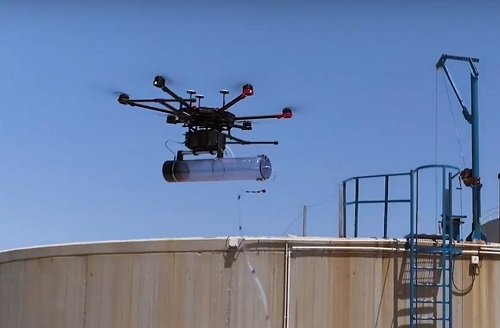
El nas electrònic d’un dron detecta la pudor de plantes d’aigües residuals
Investigadors d’Espanya han dissenyat un nas electrònic portàtil (e-nose) que és pràcticament tan esmolat com un nas humà per ensumar la pudor de les plantes de tractament d’aigües residuals. Juntament amb un dron, la e-nose pot mesurar la concentració de diferents olors, predir la intensitat de l’olor i produir un mapa d’olors a temps real de la planta per al seu maneig. El mètode desenvolupat va ser publicat el 16 de novembre a la revista iScience.
Jobs
Research Assistant at the Signal and Information Processing for Sensing System Research Group
Ref: RA-SM // Deadline: 31/12/2025
Research Assistant at the Signal and Information Processing for Sensing Systems Research Group (RA-SM2)
Ref: RA-SM2. // Deadline: 31/10/2023
Research Assistant at the Signal and Information Processing for Sensing Systems Research Group (RA-SM)
Ref: RA-SM // Deadline: 30/06/2023
Research Assistant at the Signal and Information Processing for Sensing Systems Lab (LT-SM)
Ref: LT_SM // Deadline: 22/03/2023
Predoctoral position at the Signal and Information processing for Sensor Systems Research Group
Ref: Predoctoral / Deadline: 15th August 2022


 ibecbarcelona.eu
ibecbarcelona.eu